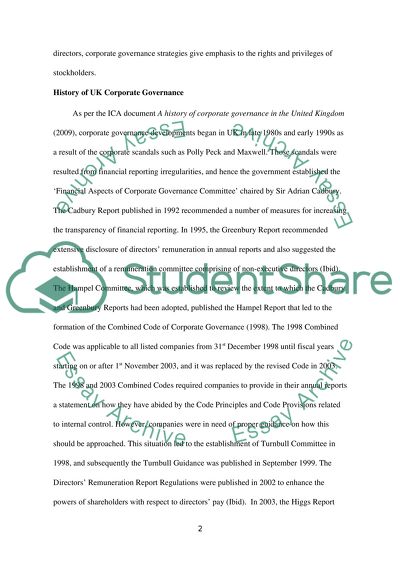Cite this document
(“Financial Accountancy Essay Example | Topics and Well Written Essays - 2500 words”, n.d.)
Retrieved from https://studentshare.org/finance-accounting/1667855-financial-accountancy
Retrieved from https://studentshare.org/finance-accounting/1667855-financial-accountancy
(Financial Accountancy Essay Example | Topics and Well Written Essays - 2500 Words)
https://studentshare.org/finance-accounting/1667855-financial-accountancy.
https://studentshare.org/finance-accounting/1667855-financial-accountancy.
“Financial Accountancy Essay Example | Topics and Well Written Essays - 2500 Words”, n.d. https://studentshare.org/finance-accounting/1667855-financial-accountancy.


